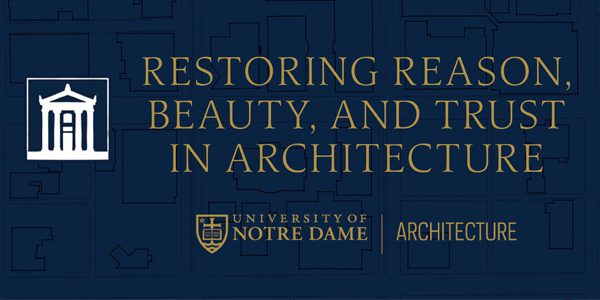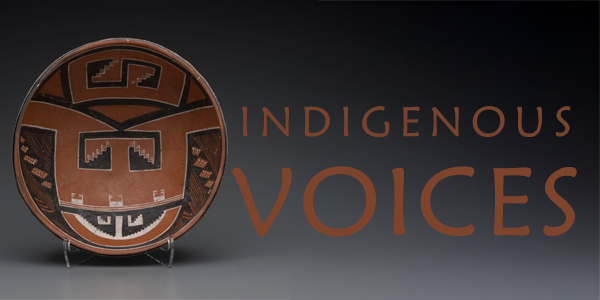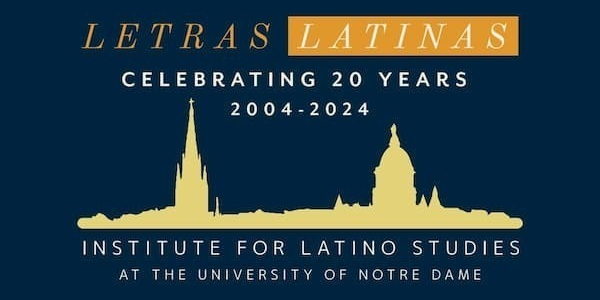The Blue Carborundum Robe
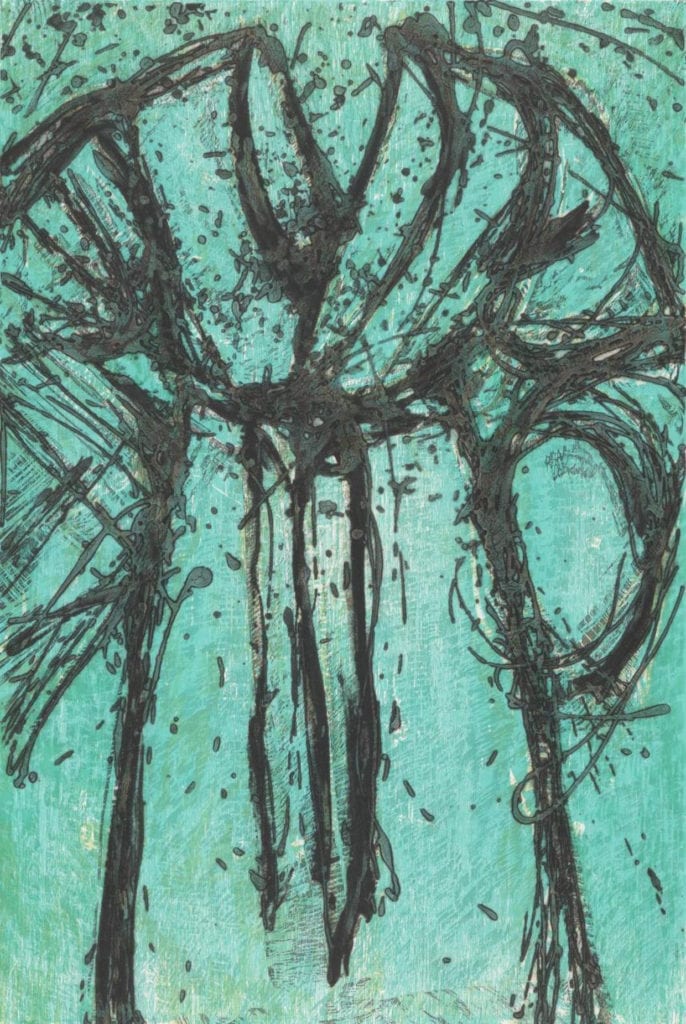
ABOUT THE ARTWORK
Who made it?

Jim Dine has long been on the cutting edge of the Contemporary art scene from his early days in New York, working with artist Claes Oldenburg, his work on Happenings and foundational role in the Pop Art movement. As an artist, Dine is known for paintings, printmaking, collages, sculptures, drawings, performance pieces, and poetry. Dine often works with familiar motifs—hearts, bathrobes, and tools—challenging himself to explore them as thoroughly as possible before they start to fall apart and lose their meaning. He is prolific in his output, and his works can be found in museum collections around the world.
Dine recently gifted an extraordinary collection of 238 prints to the Museum. The works span 50 years of his career and cover nearly every aspect of his iconic repertoire from 1969 to the present. This gift is one of the largest to be given to the Museum by a single artist.
What’s going on in this work?

Bathrobes are one of many recurring motifs in Dine’s work and officially joined his oeuvre in 1964. The robe is most often used as a stand-in for a person, most often Dine himself. It is an ironic self-portrait in these instances as he claims not to wear bathrobes.
Of the bathrobe as a self-portrait, Dine says, “What I use is what I’ve used from the very beginning—a newspaper ad which I clipped out of The New York Times back in 1963. The ad shows a robe with the man airbrushed out of it. Well, it somehow looked like me, and I thought I’d make that a symbol for me. Actually, it all began when I wanted to paint a self-portrait…and just couldn’t. It’s important for me to say this, because what I really wanted to do was sit in front of a mirror and paint a portrait of myself. But at the time, I was in analysis and the pressures I felt prevented me from going through with it.”
In this work, the robe, made up of scratchy black lines, rests in a blue-green background. Dine’s movements to create this piece—his strokes, drips, and squiggles—are obvious and allow us a glimpse into his process. They also give the bathrobe a vitality that most inanimate objects don’t have. Called The Blue Carborundum Robe, the title references Dine’s use of the human made crystal, carborundum. Often used to grind and cut very hard substances, Dine uses carborundum in a very different way.
Take a closer look.
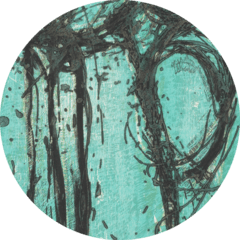
Click on the full image of The Blue Carborundum Robe above to see a larger version of the work. Look closely at the work and use these questions to guide your looking. Share your thoughts with your family, a friend virtually, or with us by responding to this email.
- How can an inanimate object function as a portrait of a person? Does it do a better job than an actual image of an individual? Why or why not? What object would you choose to best represent you and why?
- Dine creates artworks with and about everyday objects that he connects with on different levels. He works with the same subjects over and over again changing them slightly each time as part of his exploration. Think about an everyday object in your own home which you relate to in some way. What is your connection to this object? How would you describe it to others? Challenge yourself to describe it in multiple ways to different people. Think about what you change and why.
To receive the collection in your inbox, join the Raclin Murphy Museum’s mailing list.
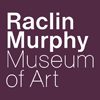
Engage with the Raclin Murphy Museum of Art by exploring their collection through background information and reflection questions. For more information on the collections, please visit the Raclin Murphy Museum of Art website.
Learn MoreJuly 13, 2020
More Like This
Related PostsLet your curiosity roam! If you enjoyed the insights here, we think you might enjoy discovering the following publications.



